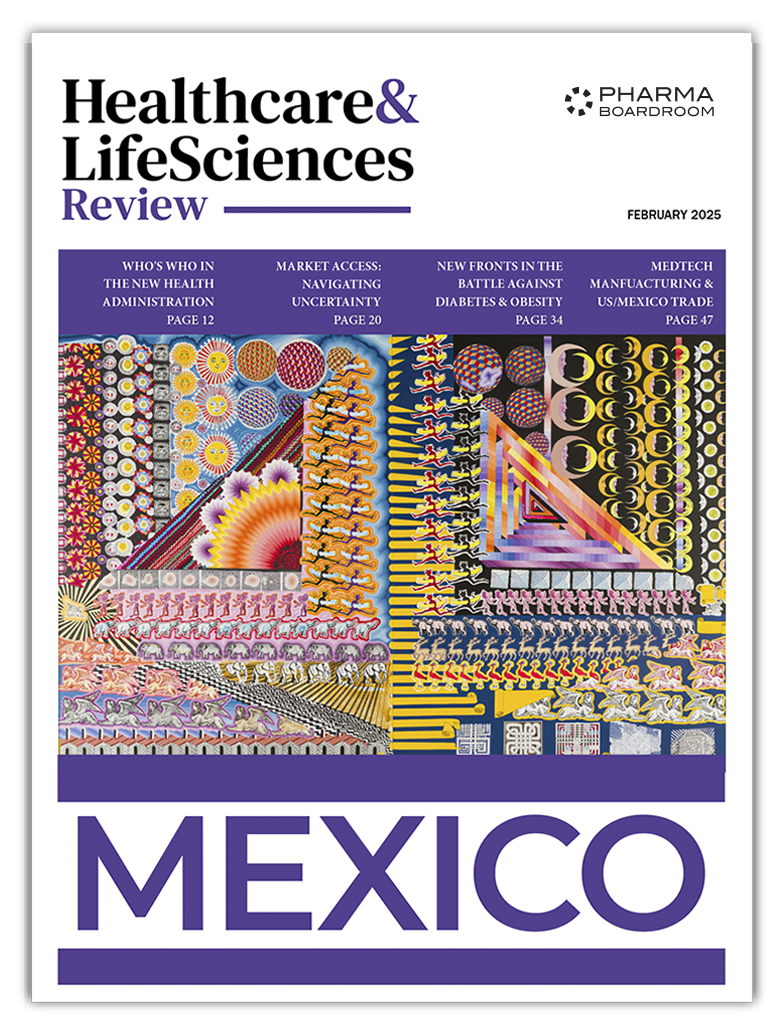Mexico has a long history of public healthcare reforms that have fluctuated along with the changing tides of the country’s government. The latest is an ambitious plan for the Institute of Social Security and Services for State Workers (ISSSTE). Aimed at expanding the reach of public services, the scheme announced in January outlines a number of healthcare-centred actions, such as improving primary care. But will this new set of reforms be able to avoid the fate of previous failed initiatives?
Reform and Reversal: A Familiar Pattern
Since the 1980s, Mexico has oscillated between centralised and decentralised healthcare governance. In 2000, the government of the right-leaning National Action Party (PAN) introduced Seguro Popular, a voluntary programme offering coverage to the uninsured and allowing private-sector involvement. Left-leaning President Andrés Manuel López Obrador (AMLO) dismantled it in 2020, launching INSABI instead. But operational struggles plagued INSABI, leading to its dissolution in 2023 and the transfer of responsibilities to IMSS-BIENESTAR, the healthcare scheme under the Mexican Social Security Institute (IMSS).
Today, ISSSTE is one of Mexico’s main public healthcare providers, covering approximately 13 million state workers, pensioners, and their families. Alongside IMSS, which covers private sector employees and is the largest social security institute in Latin America, ISSSTE forms a key pillar in Mexico’s fragmented healthcare landscape.
President Claudia Sheinbaum, AMLO’s successor and fellow MORENA party member, represents a continuity administration, maintaining and expanding upon her predecessor’s left-leaning healthcare agenda. Her ISSSTE Transformation Plan focuses on health, housing, social security, combating corruption, and financial strengthening. Of the 25 points in the plan, 10 are related to healthcare and aim to tackle areas such as patient-centred care, salary equalisation, infrastructure maintenance, and medical supply logistics.
Public vs Private: Competing Ideologies
The plan signals a return to public-sector dominance. In 2024, Sheinbaum’s administration began cancelling Public-Private Partnership (PPP) contracts that had funded hospital infrastructure and specialised services. Sheinbaum originally launched the campaign under the banner “what is public remains public,” a phrase that has since become central to current policies.
Martí Batres Guadarrama, Director General of ISSSTE, has vowed to continue these efforts, citing both the recovery of institutional control and substantial cost savings. “There are comprehensive medical services that have been nationalised, such as imaging, hemodynamics, and anaesthesia, but others are pending, such as osteosynthesis, laboratories, and the blood bank,” Guadarrama explains. The Tláhuac hospital in Mexico City remains under negotiation, but facilities in Tabasco, Nayarit, and Yucatán have already been fully nationalised.
In parallel, “La Clínica es Nuestra” takes a decentralised approach by empowering local Health and Wellness Committees (COSABIs) to manage infrastructure budgets. This grassroots model bypasses federal execution and promotes local accountability.
Financial Criticism and Political Challenges
Still, the reform has drawn concern from various corners. While adjustments to health insurance premiums would allow ISSSTE to receive approximately 11 million pesos per year, Pedro Vázquez Colmenares, former director of Economic, Social, and Cultural Benefits at ISSSTE, this will not be enough to cover the 13.743 billion deficit.
Furthermore, others question whether increasing mandatory contributions to social security is financially sustainable for workers. According to Maria Ramos Casino, Professor at the Faculty of Economics of the National Autonomous University of Mexico (UNAM) and member of the Center for Analysis of Economic, Political and Social Situations (CACEPS), “the reform would affect at least 500,000 education workers…therefore, the reform shifts the responsibility for financing social security onto the shoulders of workers.”
The plan has already faced headwinds as Sheinbaum was pressured to withdraw the reform initially in order to reassess the adjusted pension scheme in response to nationwide strikes organised by the Mexican teacher’s union.
These reforms go beyond policy tweaks; they reflect a broader ideological shift away from “neoliberal governance”. However, history has shown that durable healthcare reform in Mexico requires more than political will. As noted in the 2023 academic commentary The Rise and Fall of Seguro Popular: Mexico’s Health Care Odyssey, “the arc of Seguro Popular demonstrates the need to institutionalise reforms as a way to increase their resiliency…health systems should be anchored in ways that allow them to withstand systemic shocks.”
Whether ISSSTE’s transformation becomes a milestone, or another fleeting experiment will depend on its ability to outlast electoral cycles and secure stable funding.



